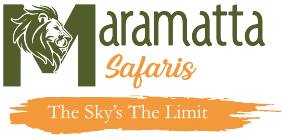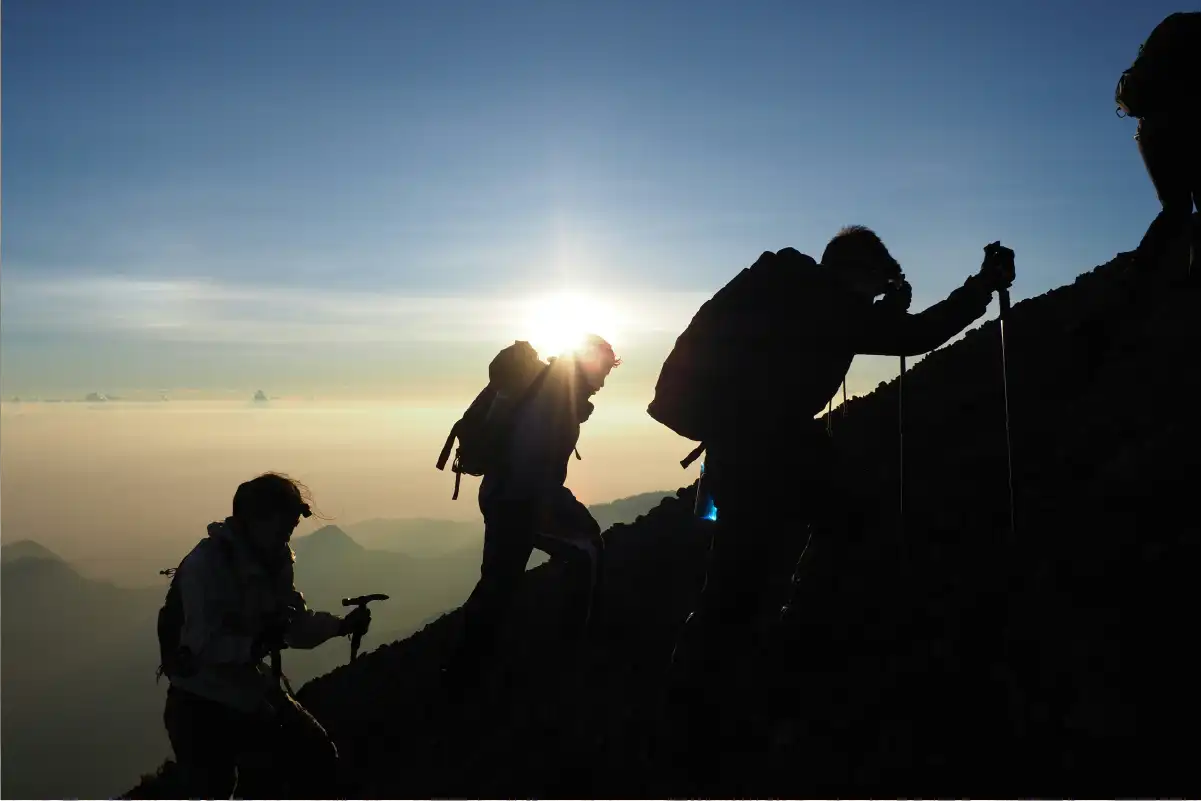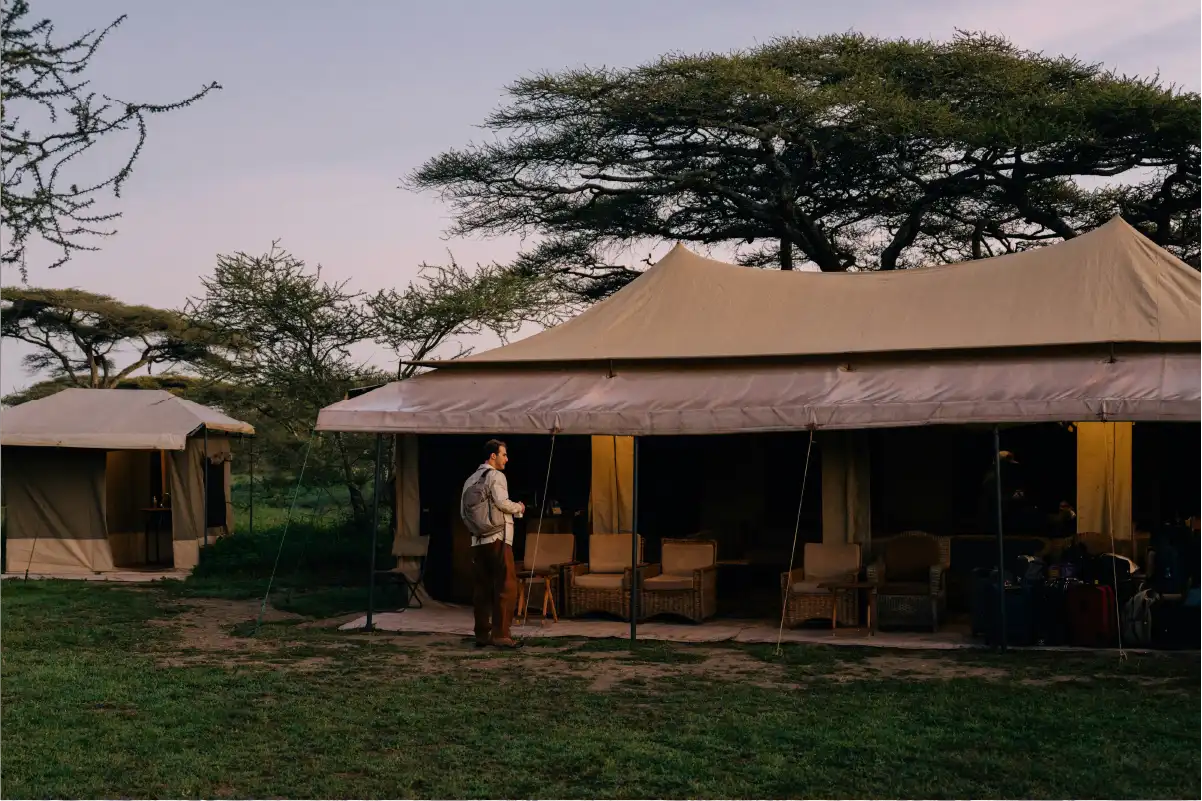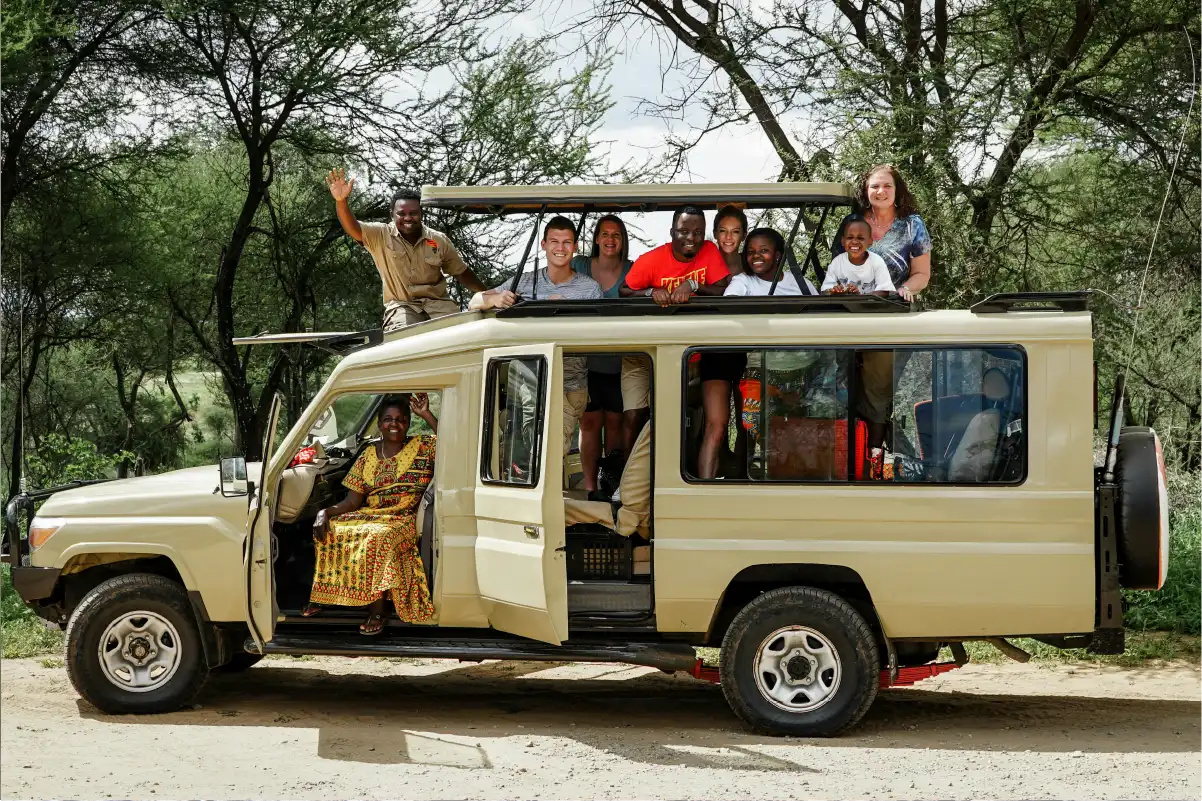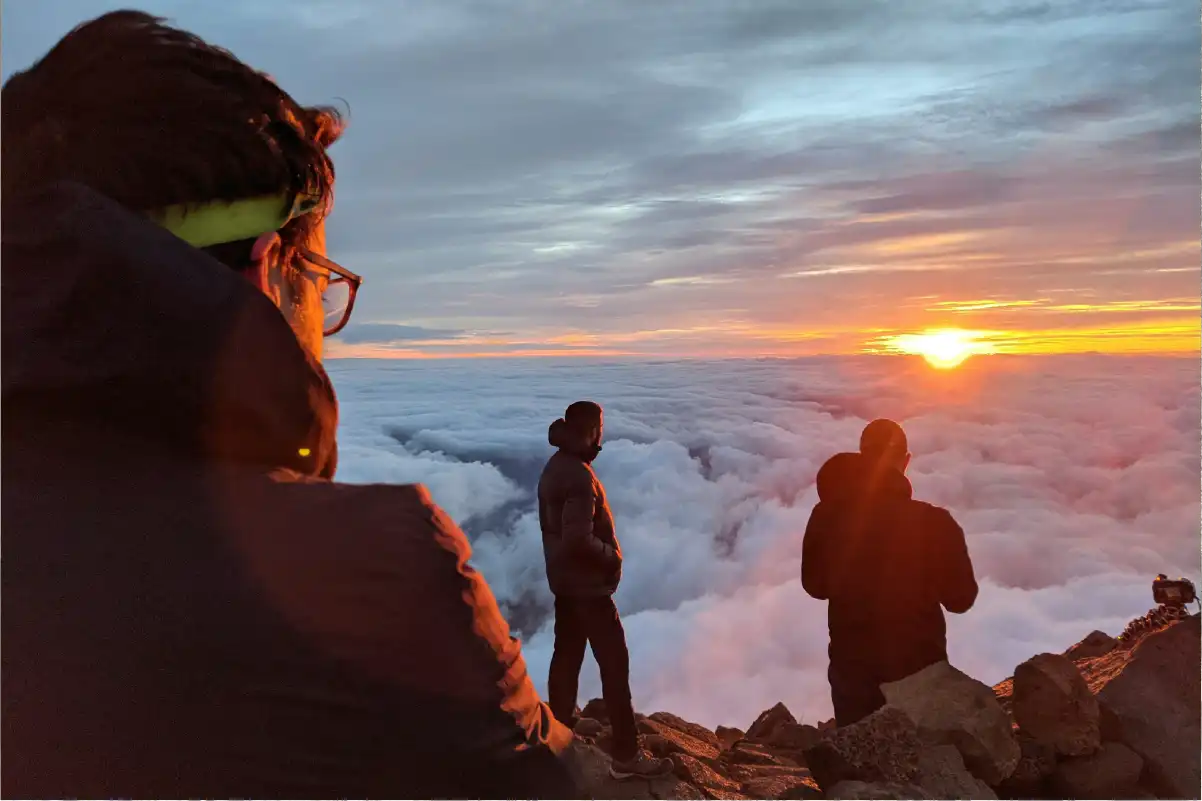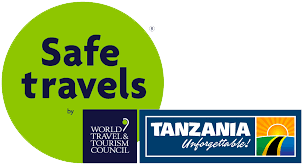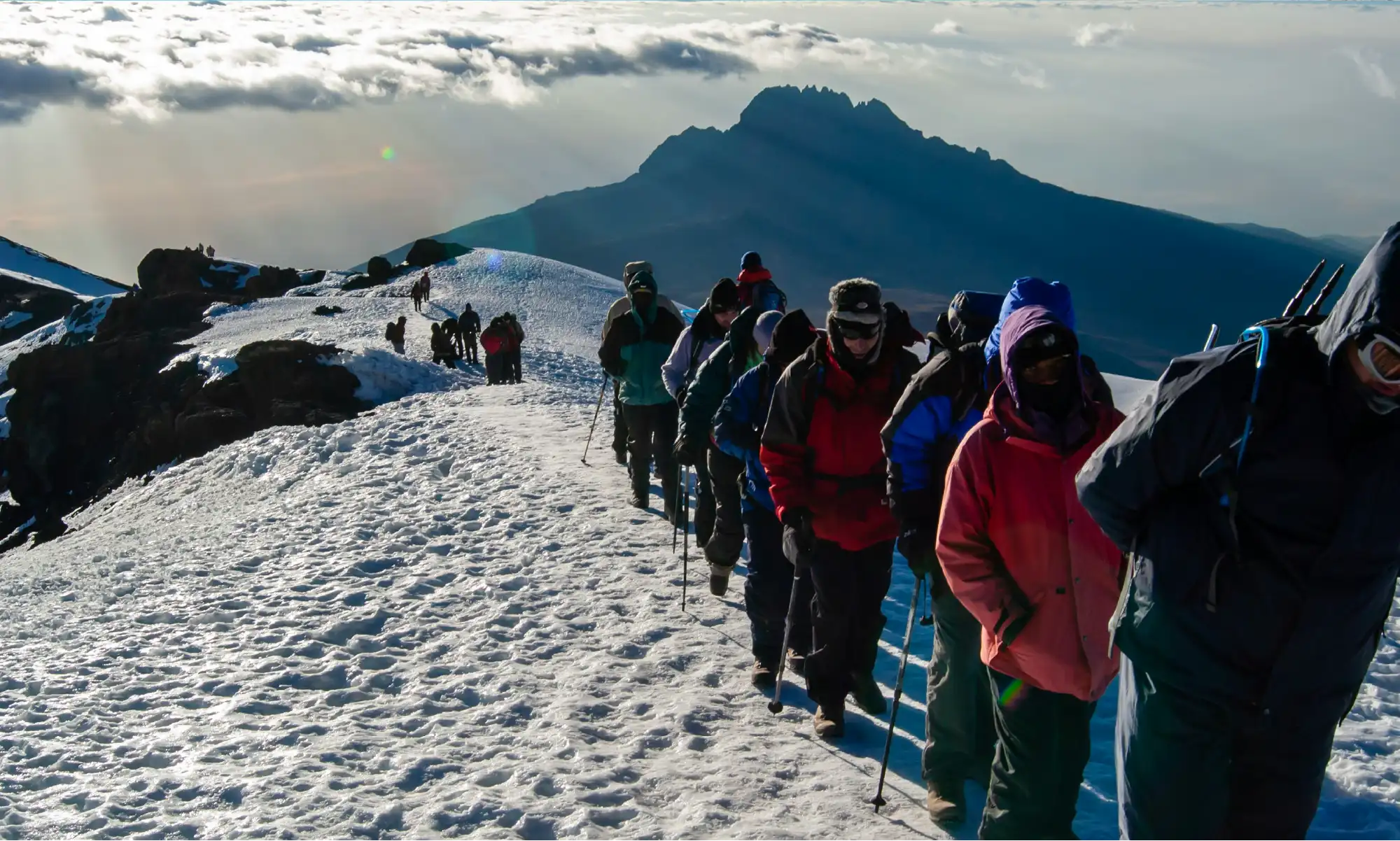
Altitude Tips for a Successful Climb
Mount Kilimanjaro (5,895 m) is a non-technical but altitude-challenging climb. Smart training, focused altitude preparation, and gradual acclimatisation are the difference between a summit success and turning back. This guide covers a practical training plan, acclimatisation strategies, nutrition, mental prep, route selection and safety tips.
Climbing Kilimanjaro is a dream for many. It’s accessible, inspiring, and achievable with the right preparation. Altitude — not technical climbing — is the main challenge. Below you’ll find an 8–12 week training pathway, altitude strategies, safety signs, and recommended routes to maximise your chance of summit success.
Why Training for Kilimanjaro Matters
Although Kilimanjaro does not require technical rope skills, the rapid altitude gain and multi-day exertion mean fitness, oxygen efficiency, and acclimatisation strategy are essential. Proper preparation helps you:
- Improve oxygen efficiency and respiratory strength
- Reduce risk of Acute Mountain Sickness (AMS)
- Boost endurance for long trekking days
- Increase mental confidence on summit day
1. Start Early: Build Endurance Over 8–12 Weeks
Begin training at least 8–12 weeks before departure. Focus on cardiovascular fitness, strength training, and progressive long-distance hikes.
Cardiovascular Training (4–5 days/week)
- Brisk walking or trail running (preferably hilly routes)
- Cycling, stair climbing, or swimming
- Aim for 45–60 minutes per session to build lung capacity and stamina
Strength Training (2–3 days/week)
- Legs: squats, lunges, step-ups
- Core: planks, dead-bugs for stability
- Upper-body: light rows/presses to support backpack loads
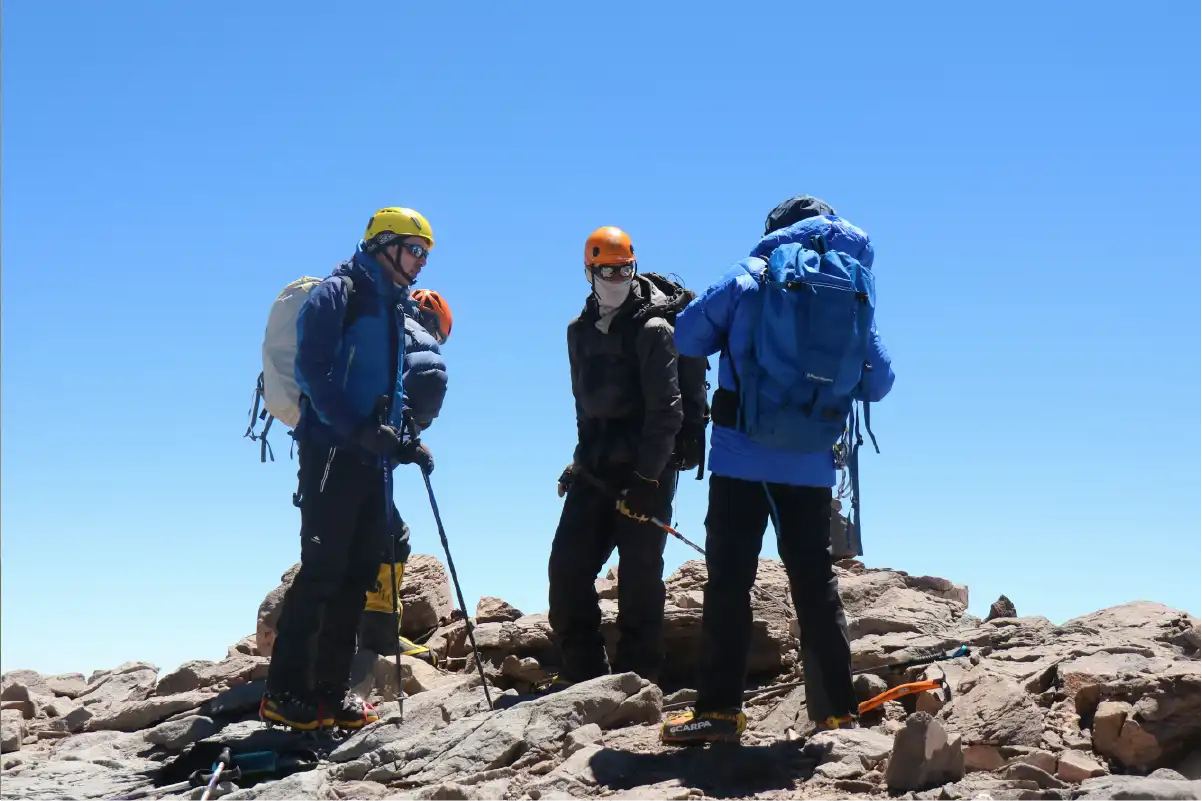
Train on varied terrain to build leg strength and endurance.
2. Train Like You Trek: Simulate Real Conditions
Mimic the climb during training to prepare muscles and equipment.
- Hike with a weighted backpack (start 6–10 kg and build up)
- Do multi-day practice hikes when possible
- Break in hiking boots and test clothing systems
3. Prepare for Altitude: Acclimatisation Strategies
Altitude effects are unpredictable; plan conservatively.
Natural Acclimatisation
- Spend time at moderate altitude beforehand (2,500m+ if possible)
- Choose longer Kilimanjaro routes (Lemosho, Northern Circuit) for gradual ascent
- Use the "climb high, sleep low" approach when possible
Simulated Training
- Interval training increases respiratory strength (HIIT short bursts)
- Some use altitude training masks — they can help breathing resistance but are not a substitute for altitude exposure
4. Stay Hydrated & Eat Smart
Hydration affects acclimatisation and recovery.
- Drink 3–4 litres of water daily while trekking
- Eat energy-rich foods with complex carbs and healthy fats
- Avoid excessive alcohol and limit caffeine during the climb
5. Know the Symptoms of Altitude Sickness (AMS)
Early recognition of AMS keeps climbers safe. If severe signs appear, descend immediately.
Mild Symptoms
- Headache, nausea, dizziness, poor sleep
Severe Symptoms (Emergency)
- Confusion, loss of coordination, shortness of breath at rest — descend immediately
6. Prepare Mentally: Your Mind is Your Strongest Muscle
Mental resilience helps more than brute force on summit day.
- Visualise success and the summit experience
- Accept discomfort as temporary — use music, mantras, or photos for motivation
- Plan rest and reward points during the trek

Summit moments are the reward for consistent, smart preparation.
7. Choose the Right Route to Aid Acclimatisation
Route selection is critical for acclimatisation and summit probability. Below is a quick comparison.
| Route | Duration | Difficulty | Acclimatisation |
|---|---|---|---|
| Lemosho | 7–8 days | Moderate | Excellent (recommended) |
| Northern Circuit | 8–9 days | Long | Best (slow & gradual) |
| Machame | 6–7 days | Moderate–Hard | Good |
| Marangu | 5–6 days | Easy path | Poor (fast ascent — higher risk) |
How Eco-Tourism Supports Conservation
Responsible trekking benefits local communities and wildlife conservation:
- Funds anti-poaching and park protection
- Creates livelihoods that reduce poaching pressure
- Educates visitors on ecosystem value
Plan Your Kilimanjaro Training & Climb
Maramatta Safaris offers guided Kilimanjaro packages that prioritise safe acclimatisation, experienced guides, and well-supported camps. We tailor itineraries for all fitness levels.
Ready to climb? View our tailored packages or book a preparation consultation.
View Kilimanjaro Packages Request Personal Advice🌍 Quick Kilimanjaro Training Tips
- Start at least 8–12 weeks ahead
- Prioritise long hikes with a weighted pack
- Practice pole-pole pacing (slow & steady)
- Hydrate early and often — carry a 3L hydration plan
- Choose Lemosho/Northern Circuit for best acclimatisation
Related Guides & Kilimanjaro Packages
Final Thoughts: Smart Training = Higher Summit Chances
Summiting Kilimanjaro is achievable with the right preparation. Build endurance, simulate the trek, prioritise gradual acclimatisation, hydrate and fuel well, and prepare mentally. Choose the route that gives your body time — Lemosho and Northern Circuit offer the best odds for success.
